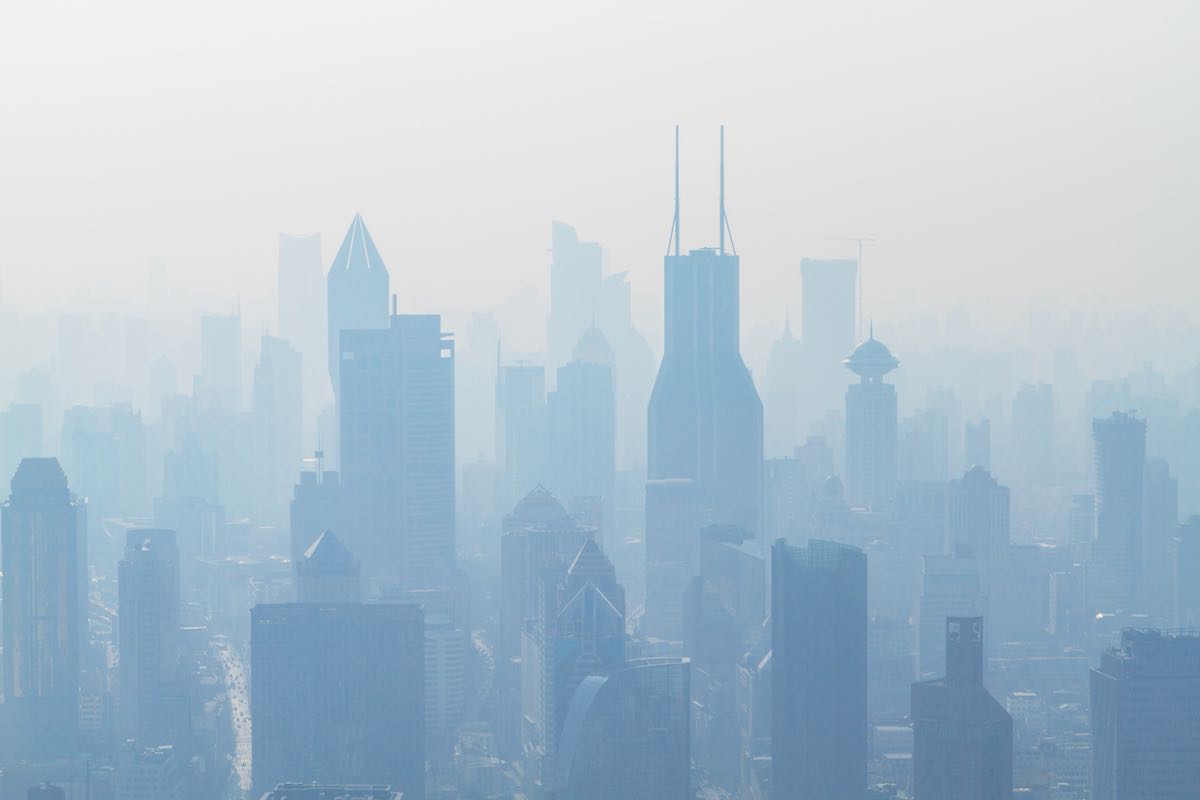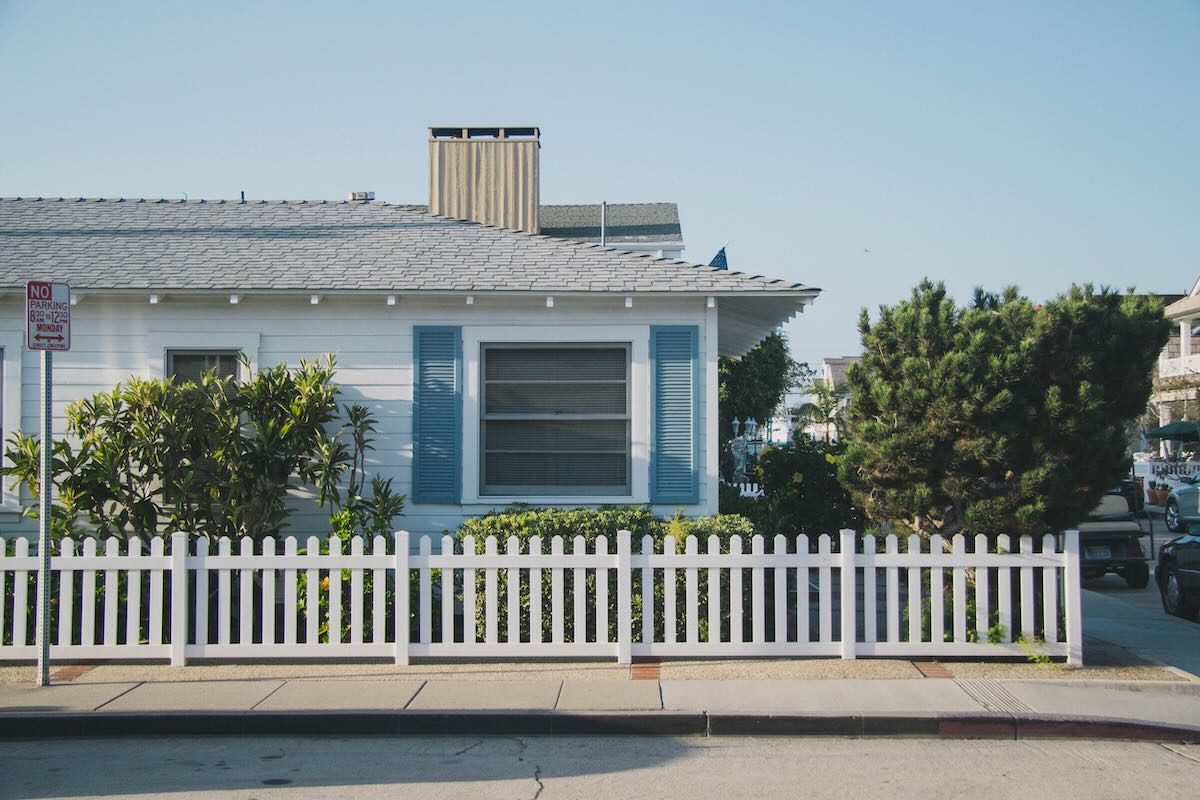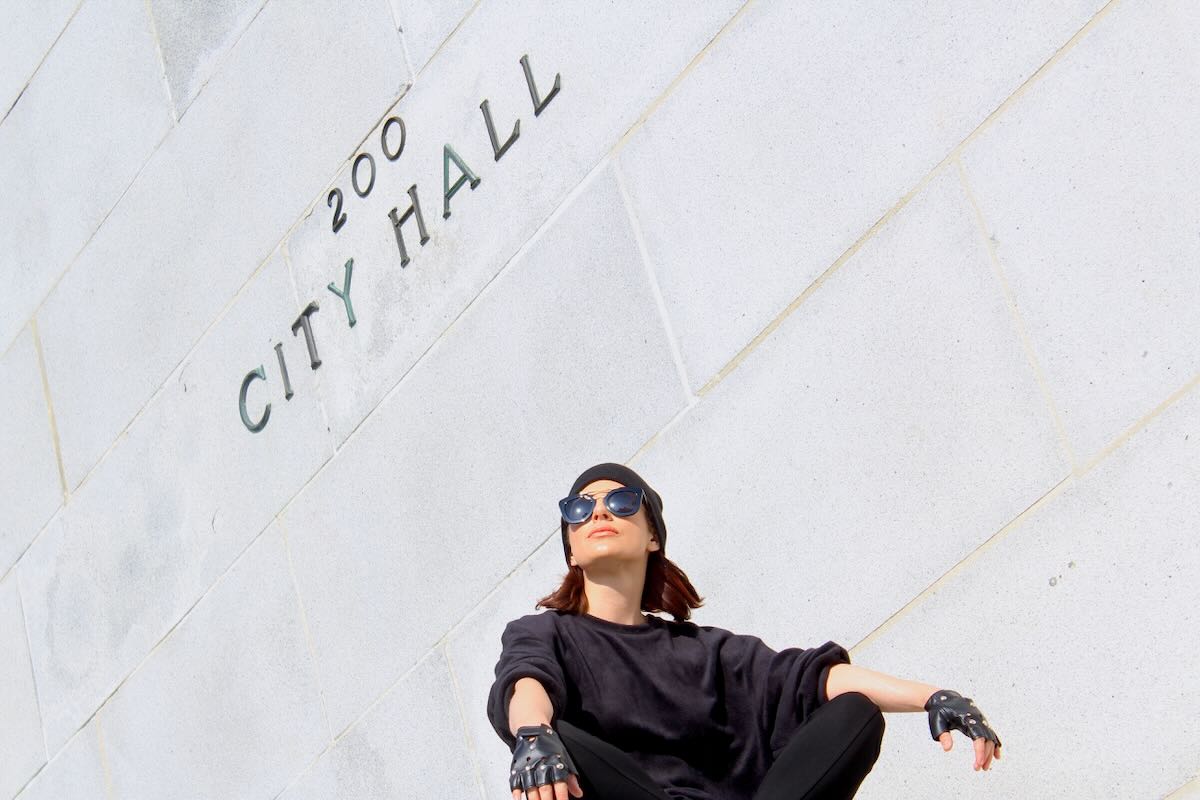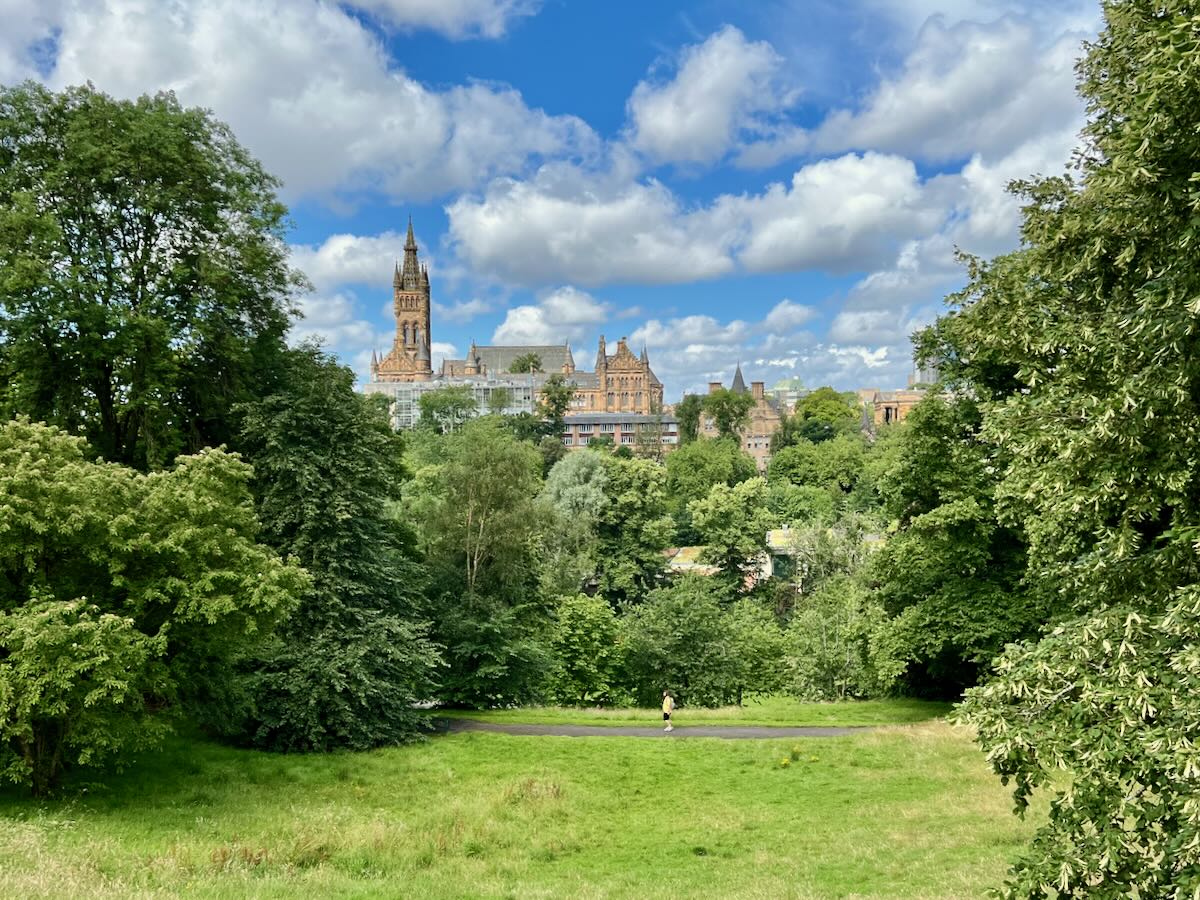Turn Chaos into Order – Issue 68

I have lamented global responses to COVID-19’s Omicron tidal wave. Criticism is easy, suggesting other strategies more difficult. However, I did commit to putting forward ideas to turn chaos into order.
Crisis management is always political
Short term crisis management generally works to the political advantage of the governing party. The crisis creates opportunity to demonstrate empathy and commitment. The public looks for engagement and action. Voters make allowances for mistakes because of unknowns.
However, long term crisis management seldom works to political advantage. The public starts to see inconsistencies. It recognizes failures to learn from earlier phases of the crisis. Talking heads lose credibility as the messaging defends errors and seeks popularity. General fatigue sets in from seeing the same political leaders almost every day.
We knew in March 2020 that the COVID-19 crisis would be with us for two or three years. To minimize the interference of politics with science and fact, I would favour an all-party “crisis” cabinet / committee. All political parties then share responsibility for strategies. Decisions become less political.
Get Tough Early
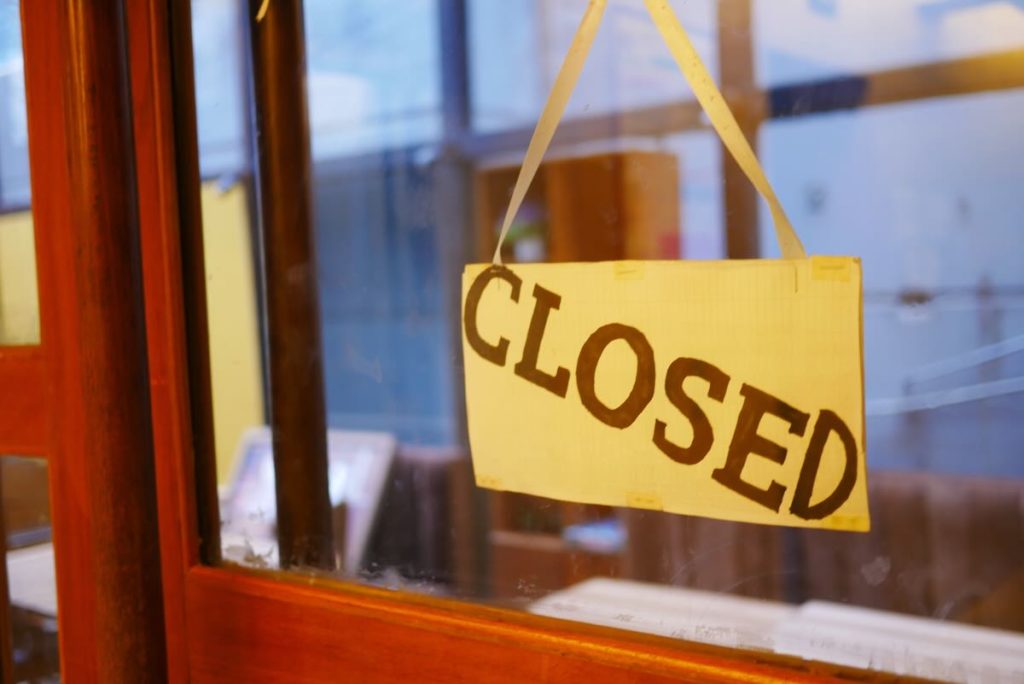
Public tolerance for “stringent” restrictions wanes with the passage of time. So, I would be very tough up front. And then, I would relax restrictions very slowly. Every tiny restriction lifted lessens oppressiveness. On the other hand, restrictions added are downers. The public loses patience with new or re-imposed restrictions. Civil disobedience increases.
Consider what happened in Québec at the outset of the Omicron surge. The prime-minister mused publicly about family parties of twenty-five and other seasonal celebrations. A couple of weeks later, he did an about-face and dashed family plans. Québec and other provinces contributed to reducing Canada’s Stringency Index! Just when they should have maintained measures already in place! Wilful stupidity for political gain! Then just a few weeks later, all these provincial governments reversed course. They did more than just reinstate previous measures.
Getting tough means setting out future expectations. The message around vaccines should have been clear from the outset:
“We are working on vaccines. Once approved, they will be mandated for all health-care and frontline workers plus educators. Expect a vaccine passport. It will be required to: travel, access restaurants (including pick-up and delivery), bars, gyms, cinemas, sports arenas, theatres, and all non-essential retailers. Additionally, government issued permits such as driver’s licenses will be suspended for the un-vaccinated.”
Honesty / Admit Mistakes
Mask mandates delayed? Caused by bad science or a shortage in masks? Probably the latter! So, be upfront. The message:
“We have a shortage of personal protective equipment (“PPE”). It is reserved for the healthcare sector. Make or purchase non-medical masks until we can ensure supplies of PPE for essential workers. They are not perfect but useful. They will be required in all indoor and crowds until further notice”.
Acknowledge that travel bans and advisories don’t work once a virus is circulating freely in a country. Instead, rely on tough travel rules based on vaccination status and rational testing regimens. Smart international travellers are ‘accident and health insured” travellers. The travel insurance industry will adjust insurance rates to compensate for increased risk.
Admit that curfews do not work. They only make for political posturing.
Meaningful Data
Focus on meaningful data presented with context. I would suggest:
- Hospitalizations, Intensive Care patients, and Deaths in absolute numbers on a vaccinated versus unvaccinated basis
- Each of the above as a percentage of cases. For me, one chance of serious illness per 500 officially diagnosed cases makes for a more comforting message than absolute numbers in hospital beds occupied, ICU’s, or deaths.
- Vaccination rates
- Measures of real progress towards improvement of the health care system. I don’t care about promises of 10,000 new healthcare workers. That is a “bull———t baffles brains” tactic. It is designed as a verbal opiate to get votes in the next election. Just one more bed, orderly, nurse, or doctor in place – that’s important.
Restrictions:
- Mandatory mask wearing in all indoor areas, public transit, and outdoor crowds. Encourage social distancing – too hard to police, particularly in outdoor settings.
- Retail – only allow stores to be open reduced hours, six days a week.
- Gathering sizes – At the outset restricted to the greater of two households or six people. When everyone at the gathering is fully vaccinated, twenty people would not be unreasonable.
- Link restaurant, cinema, theatre, and other venue capacity to hospital capacity. The operators of these venues then have a vested interest in enforcing vaccine, masking, and social distancing guidelines. Maybe they even do random but voluntary rapid testing to demonstrate its usefulness. Or maybe, provide vaccine incentives.
- Every decision should have a short term impact and a longer term goal.
Encourage and / or Support:
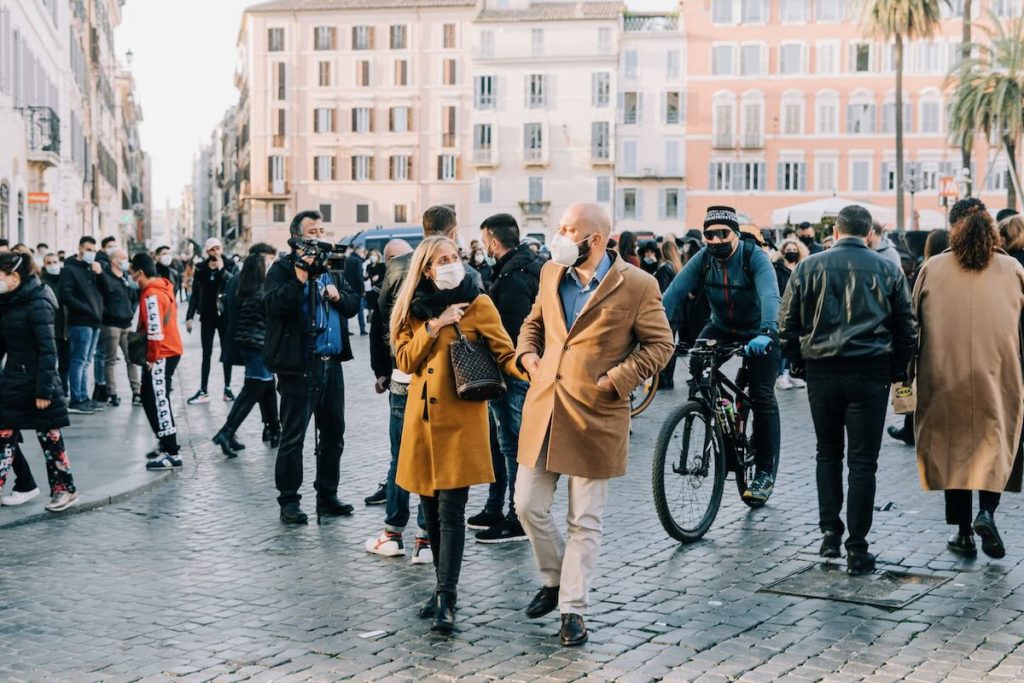
- The use of rapid tests. Not an accurate measure of infection but a very accurate indicator of infectiousness. Make sure uses and limitations are understood. Going out to the cinema or to meet friends? Test to see if infectious. If positive or symptoms show a day or two later – get a PCR test!
- Schools, colleges, universities should be able to remain open if each classroom has a minimum amount of space per student, good ventilation, and a good supply of N-95 face masks. This puts the onus on governments to act on these issues if they want students in classrooms.
- Outdoor activity and street life: promote active transportation, all-season al fresco dining (admittedly a challenge in very hot or very cold climates) and other outdoor activities
- Retailers, restauranteurs, and other service providers to expand their offerings and services
- Cities should have “night” mayors responsible for keeping streets alive when the sun goes down and ensuring the health of restaurants, clubs, and other venues.
Turn Chaos into Order
I promised alternatives to turn chaos into order. Many will have different ideas. Send them to me at: lw@atwatersedge.co
